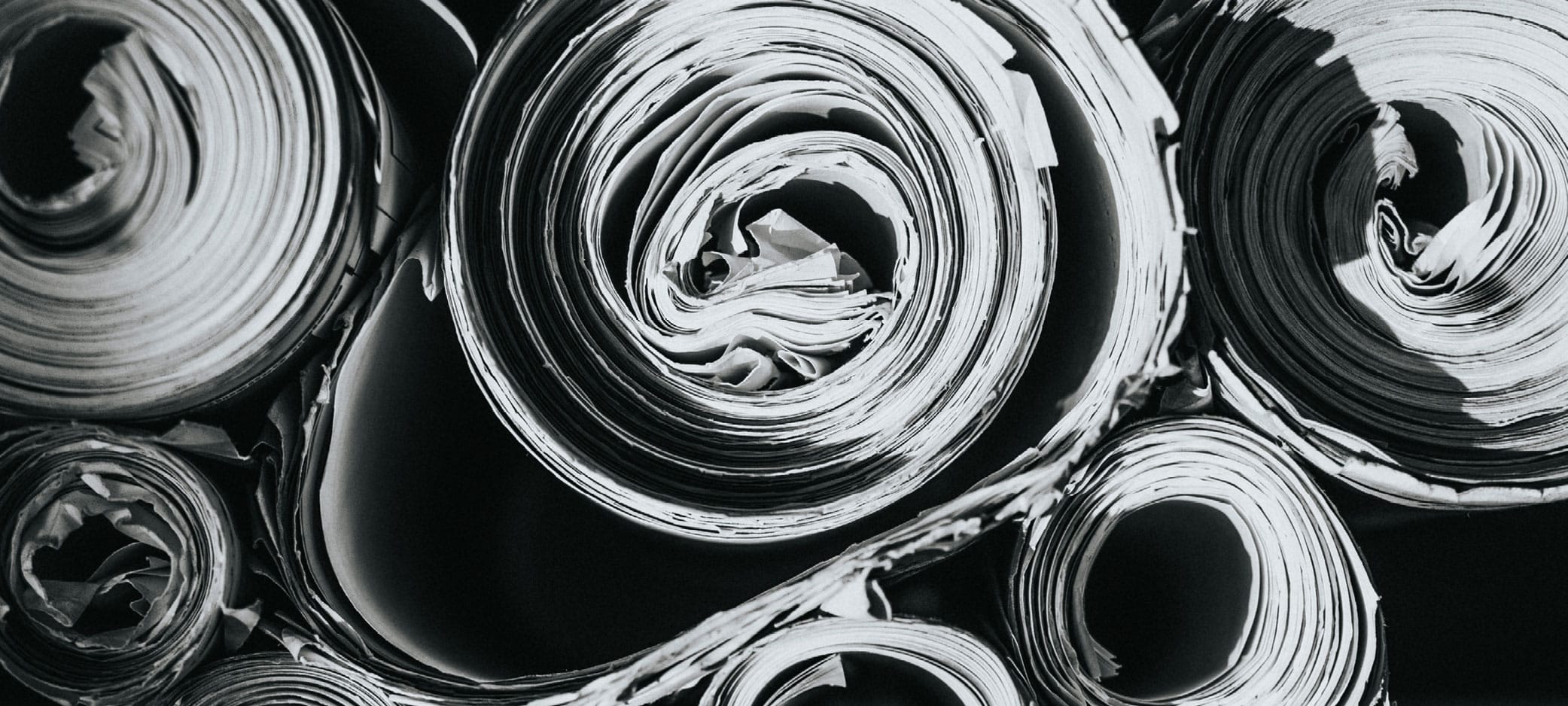A Necessary Evil
It is undeniably that plastics are becoming our worst nightmare. They are piling up in landfills by the tons and causing chaos to the environment. Worst of all, plastic cannot be avoided. Larger plastics are breaking down into micro-plastics that are invading our water and food sources.
But for brands, plastic can feel like a necessary evil. Although it isn’t biodegradable and, more often than not, can’t be recycled, plastic is easy.
It is usually the cheapest and most versatile option, especially for smaller brands and start-ups on a budget.
What do you do if you want your brand to be eco-friendly, but are worried you can’t afford it?
The first step is to know your options.
You Have Options
Your brand does not have to rely on plastic. There are scores of alternatives to traditional plastic packaging, and more are being developed every day. These alternatives come from many different sources, some of which might seem strange.
Regardless, innovation has given rise to many different eco-friendly packaging options:
Traditional Alternatives:
- Paper – Paper is a great option because it is so easy to recycle and reuse. Natural papers break down and compost easily, limiting harmful effects on the environment. It is easy to customize and can be created in a variety of colors, shapes, sizes, and weights. As long as it comes from suitably and renewable forestry, paper is a safe choice.
- Wood – Like paper, as long as it comes from a sustainable source, wood is a great option. It can be customized in different shapes, finishes, and colors for brand-specific packaging. It is aesthetic, light-weight, durable, and compostable. Wood can also be turned into a liquid for more customized packaging shapes.
- Glass – Because it is made from heated sand, glass is a great chemical-free, eco-friendly option. It is easy to recycle and reuse, and comes in different colors, shapes, and sizes. It is aesthetic and can work with many different products, from food to cosmetics.
- Stone – Believe it or not, you can make packaging and paper from stone-derived calcium carbonate. Stone is a great option because it is an abundant nature resource. The paper can be recycled or put back in nature, as it is photodegradable. It is also easy to process and print on, and stone paper and packaging has a beautiful smooth finish.
Innovative Alternatives:
- Grain Waste – Leftover remnants of processed corn, sorghum, wheat, and barley create alternative packaging materials. Packaging made from these grains is biodegradable, compostable, and odor-free. Since the materials are waste products of other manufacturing processes, this packaging is a creative and responsible way to repurpose waste.
- Milk Protein – Casein, a protein found in milk, has been used to make packaging since the early 1900s. However, it is still considered to be innovative because scientists are still working to make it more versatile than ever. Casein can be made into a thin and flexible film, which can then be used to package products. It is compostable, biodegradable, and 100% non-toxic. It’s even edible!
- Mushroom Root – Mycelium is a mushroom root that can be turned into packaging. The fibers of the root bind to grain waste and create a consistency that can be molded into different shapes. Mycelium-based packaging is biodegradable, compostable, non-toxic, and renewable.
- Chicken Feathers – While this might seem like a strange source for packaging, chicken feathers are made of a natural protein called keratin. Found in hair and nails, it is tough and durable like plastic. When melted down and reshaped, keratin creates a natural, water-resistant plastic alternative.
- Crustacean Shells – Similar to the chicken feathers, this is also an unlikely source. However, the shells from sea animals like crabs and shrimp are rich with chitosan, a protein similar to keratin. When melted down and reformed, chitosan creates naturally-derived “plastic” to make bags and other packages.
- Palm Leaves – Palm leaves naturally fall off of trees and turn into waste. But if collected, they can be molded into different shapes to create biodegradable and eco-friendly packaging. Palm leaf packaging can be used for many different products, even food, since they are chemical-free.
- Bagasse – Similarly to grain waste, bagasse is the waste left over from sugarcane processing. Just like sugar itself, it is sticky and moldable. It can be used to create packages of different shapes and sizes. Because it is biodegradable, compostable and non-toxic, it is a good plastic alternative for food packaging. And it is especially sustainable because it repurposes something that would otherwise go to waste.
Plant-Based Plastic:
If you aren’t ready to put your faith in crab shell packaging, not to worry. Believe it or not, there are eco-friendly bioplastics that can suit the needs of your brand.
- PLA Polyester – This type of bioplastic is less flexible and versatile than traditional plastic. And it is biodegradable and less harmful to the environment.
- PHA Polyester – This is another bioplastic option that is made out of lactic acid or wheat or sugarcane production waste. Because it is naturally derived, it is compostable, biodegradable, and non-toxic. It can be used for all different kinds of product packaging.
Ditch the Plastic
There are so many great alternatives for brands to use instead of plastic. If you are considering making your brand eco-friendlier, take the leap. Your brand and your customers will be better for it, but so will the planet.
Crème de Mint has specialized in beauty, food and supplement packaging design for more than 15 years. Our CPG branding agency knows how to create compelling, craveworthy designs that can help your brand stand out! Book a call today to chat with us about your eco-friendly packaging design.



